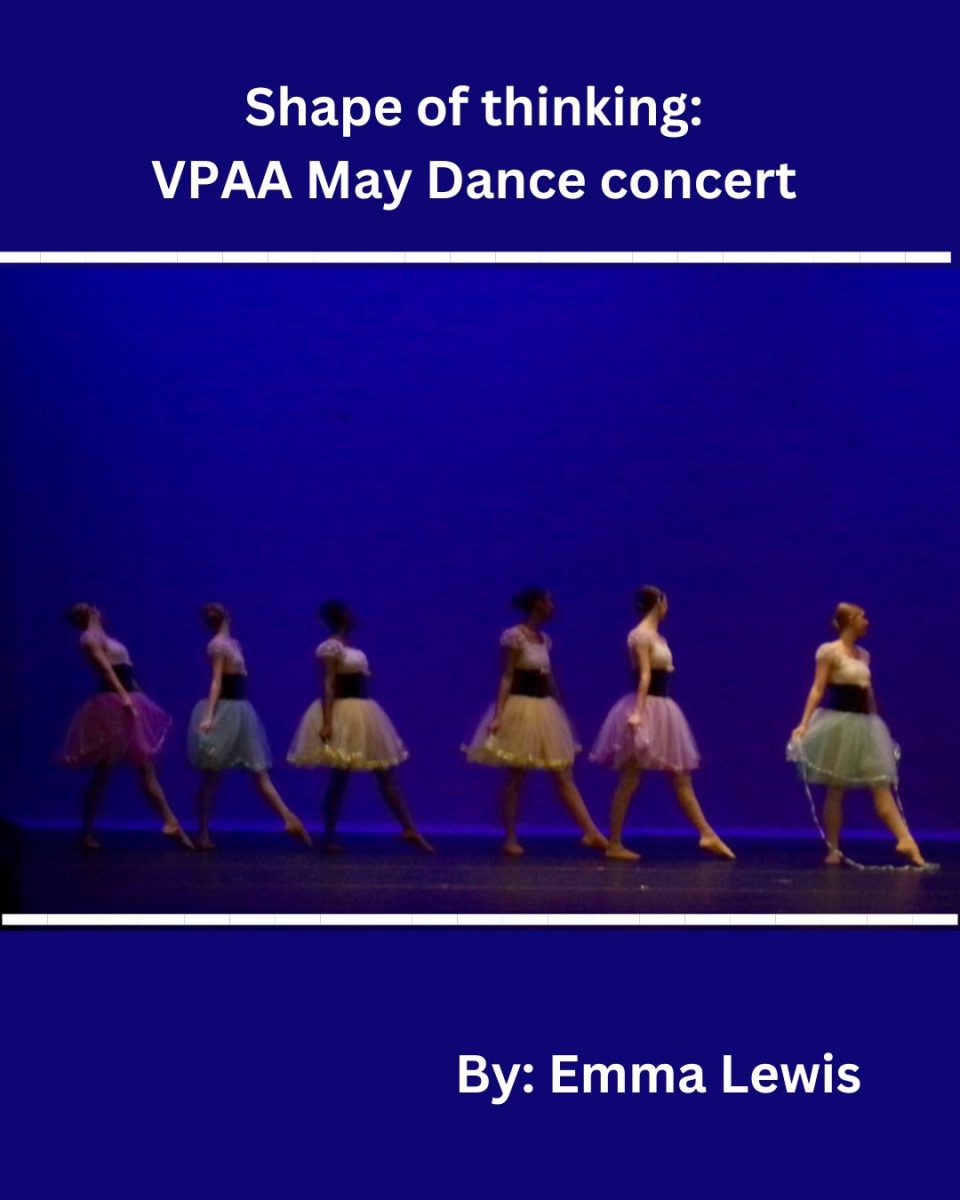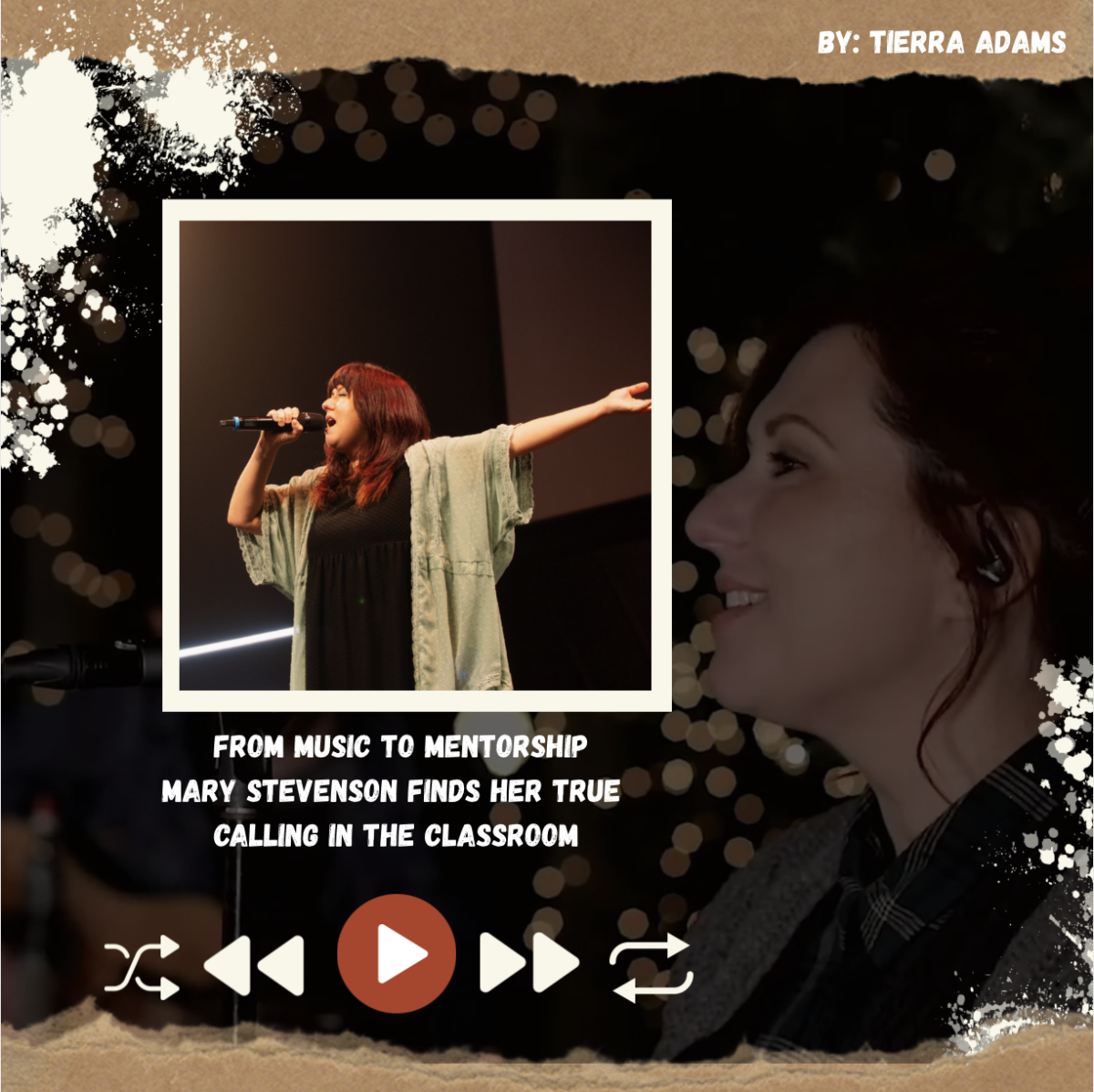The Hunger Games: The Ballad of Songbirds and Snakes was released to U.S. theaters on November 17th, and within one week of release, it’s nearing $200 million globally, practically doubling the production cost of the film.
The idea of continuing a beloved series quite a few years after its peak without the franchise’s original characters or storyline may seem daunting, but the new prequel’s quick success at the box office counters the hesitance many Hunger Games fans may have had before seeing The Ballad of Songbirds and Snakes.
Storyline
The Ballad of Songbirds and Snakes takes place 10 years after the war between Panem’s thirteen Districts and its capital, and about 64 years before the first Hunger Games. A young Coriolanus Snow (the main villain and president of Panem in the future movies) is determined to restore his struggling capital family’s finances by mentoring a rambunctious and wild Hunger Games tribute, Lucy Grey, from the 12th District.
In the movie, Snow is faced with a number of opportunities, good and bad, moral and immoral, that he must decide whether or not to pursue to try and save both Lucy and himself. The film centers around the question of how far one is willing to go for survival, with a focus on both morality and betrayal.
In the world of the Hunger Games Series
Only two of the characters in The Ballad of Songbirds and Snakes, Coriolanus Snow and Tigris Snow, are returning characters from the series. The movie does a wonderful job of going into further detail about the two cousins’ friendship, something that is vaguely mentioned in The Hunger Games: Mockingjay Part 2. It also presents a pathway that allows for an explanation of how Snow becomes President of Panem in the timeline after the prequel
Though The Ballad of Songbirds and Snakes is a prequel to the original Hunger Games movies, it is not necessarily a “backstory” to the Hunger Games itself. As the movie starts, it has been 10 years since the end of the war between the Districts and the Capitol, and also the 10th year of the games. It focuses more on Snow’s rise to power and his effects on the continuum of the games, and tells a story completely new and unexpected to both the backstory of the Hunger Games and the original storylines following Katniss Everdeen. It is unique, it is exciting, and it is an unexpected story for audiences to experience fully with little knowledge of how it will end.
Effects & Movie Quality
The Hunger Games is known for its extravagant costuming and makeup. In the film, the use of the color red typically represents blood and cruelty. White usually means innocence and purity, cleanliness and better living, and deception and lies. Coriolanus Snow’s costumes typically center around red colors only while he is in the capitol, and he is always wearing white underneath. Similarly, the crazed “Gamemaster,” Dr. Volumnia Gaul, the arena designer of the 10th annual Hunger Games in the movie, wears a dress that fades from bright red to a crisp white.
One of the most crucial pieces of costuming in The Ballad of Songbirds and Snakes is Lucy Grey’s notorious rainbow dress, with embroidered flowers and frills along the bottom. Her dress, while tattered and worn, is one of the most colorful costuming pieces and accentuates her character’s optimism and colorful personality in contrast to the others in the story.
In addition to the unique costuming, the unique cinematography is another driving force of the movie. Low-angled shots are used more often than not to make certain characters appear powerful. A shot of one tribute standing tall in front of a line of bodies covered with the Hunger Games flag, taken from below his knees and looking up at him, drives the ambition and hope behind those mistreated in the world of Panem. On the other hand, dutch angles, slightly off-kilter at Snow’s face repetitively throughout the film, make audiences feel as uneasy and grossed out as the themes addressed in the movie.
Spectation & Real-life Representation
At any given time, in both the real world and in the world of Panem, audience members anticipate where things might go, wondering, “Are they really going to show this?” …and the answer is always yes.
One of the most defined themes in The Ballad of Songbirds and Snakes centers around spectation. The prequel to the Hunger Games series may be regarded as the most gruesome of the five movies. After tributes are called, they are put in a “tribute zoo” to be stared at by capitol bystanders, which is as ostracizing as it seems. When the Hunger Games first begins, the mentors watch a montage of fights between tributes from a theatre-like space. One of them even vomits in horror at what she watches, which is only brushed off by a funny comment from the host. All of these new additions to the world of the Hunger Games make the premise more brutal than ever.
The games in The Ballad of Songbirds and Snakes are depicted as even more inhumane and cruel than the ones seen in the series 64 years later. The true irony lies in the idea that the audiences of the Hunger Games would invest in the “games” and keep watching for entertainment, just as real audiences of The Ballad of Songbirds and Snakes do as the movie continues despite what horrors they are presented with.
Replayability/Conclusions
The Ballad of Songbirds and Snakes is not a “comfort movie.” The heavily honest and yet sadistic themes do not leave the audience wanting to watch it on repeat, but rather to take a step back and think about its true meanings and what it is saying about our own society.












